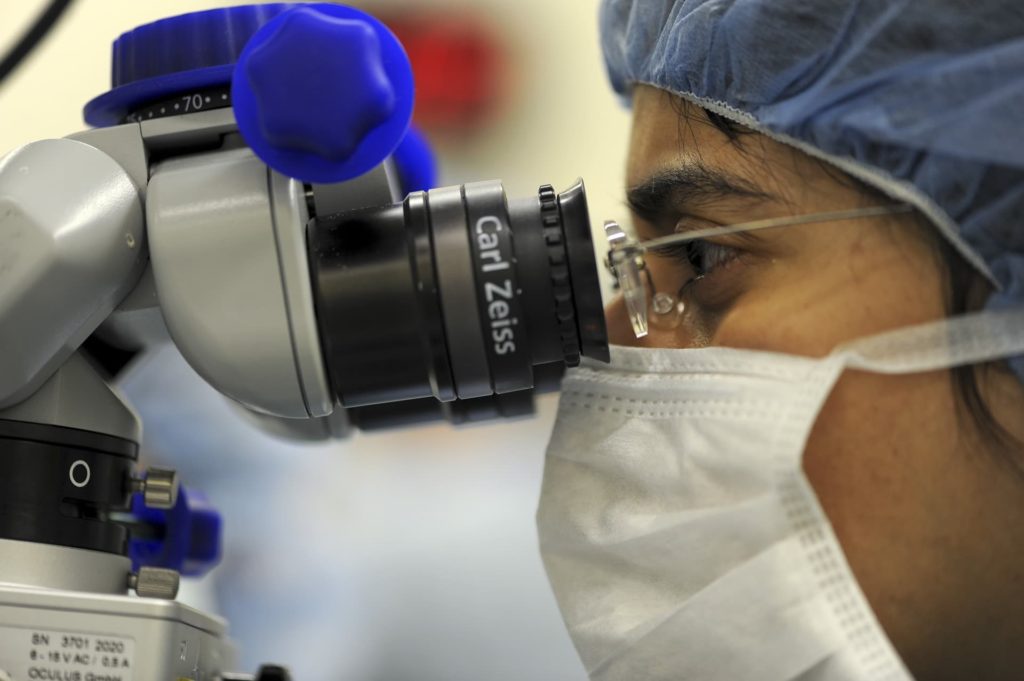Intro
Medical technology has advanced and saved countless lives. What happens when the advancements start to cause problems? These are a few cases where spinal cord stimulators caused injuries in several patients, while helping others.
A spinal cord simulator had been introduced several years ago that could be surgically implanted to help those with severe spinal cord injuries or nerve injuries affecting mobility to effectively cloak the pain. However, according to a local man in Columbia, South Carolina, after a surgical procedure to implant to simulator, the device “shocked him so many times” that he ended up becoming virtually paralyzed due to the device inserted in him through the procedure.
Over the past several years, doctors and medical experts have denoted spinal-cord stimulators as a long-term remedy for millions of patients who deal with pain disorders, specifically nerve damage and spinal cord injuries. However, some light has been shed on these devices which are now proven to be more dangerous than once deemed safe and effective—so much so that it has been flagged as the third-highest number of reported medical injuries since 2008, often leading to increased spinal cord or nerve damage with the spinal cord simulator, and some even death.
According to the law, most of these spinal cord devices have been approved by the FDA, though they were approved with very minimal testing. In fact, over the last decade, millions of injuries were reported, not including nearly 100,000 deaths in the span of only ten years due to these devices and an abbreviated approval process for effective FDA recommendations and uses.
While there are some success stories, there are many medical device makers and producers who have not only spent finances to help individuals with needs, but also to try to influence regulators, hospitals, and doctors to use their product, discard another’s product, and many other influential matters. And in some of these cases, companies have been fined for bribing physicians, doctors, and pharmacies and illegally promoting products that have been unapproved for the uses they were initially approved for and paying off researchers to write about the effectiveness and safety of said products.
In addition to the laws stated above, the FDA created three classes of medical devices, including high-risk products such as these simulators—which are designed to go through a higher threshold of rigorous tests to ensure their accuracy and safety but instead often go through a less stringent review process to allow an easier access to market for “devices deemed substantially equivalent” to currently approved products already on shelves and in medical facilities.
Big companies are starting to fight back saying patients with these simulators had engaged in “rigorous physical activity” even though they never set foot outside of their home and had a hard time even getting up to go to the bathroom or getting out of bed in the morning. Still, these companies, despite inaccuracies and fallacies that make their stories nearly impossible, also claim that infections and some side effects are unfortunately the case with any surgery, procedure, or surgically implanted instrument, even despite some doctors’ diagnoses stating the surgical implant has had an affect on these patients.
While there are some companies who play fair and expose the real issues with stimulators or how each person can be affected by it, there are some companies who are only it to make a quick buck, regardless of the consequences and actions of their moral gray areas (if not entirely illegal), and the doctors and physicians are now trying to make the information very clear to those with spinal cord injuries or nerve injuries and helping to find solutions to create a less painful experience with longer lasting, enhanced quality of life for individuals with these types of injuries.
Conclusion
Clearly, medical technology has saved many lives. We still need to be wary. Hopefully these cases of injuries from spinal cord stimulators can help reduce future incidents for many patients.
This article uses information from the Star Tribune.






